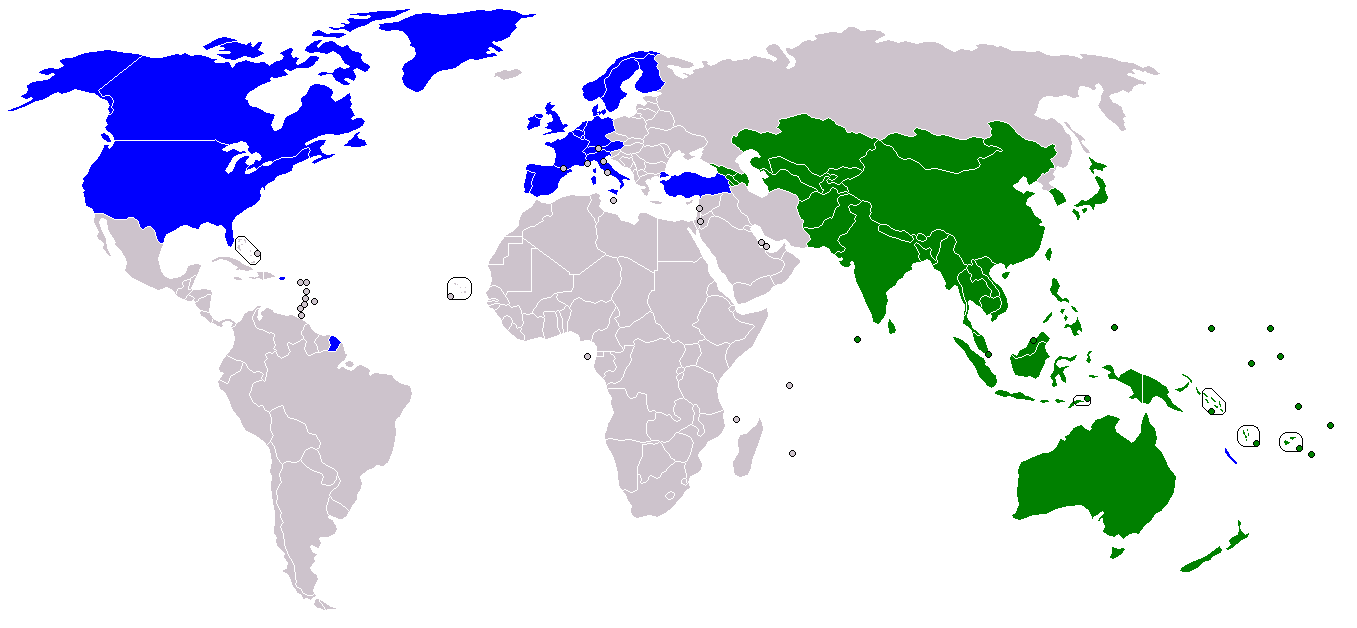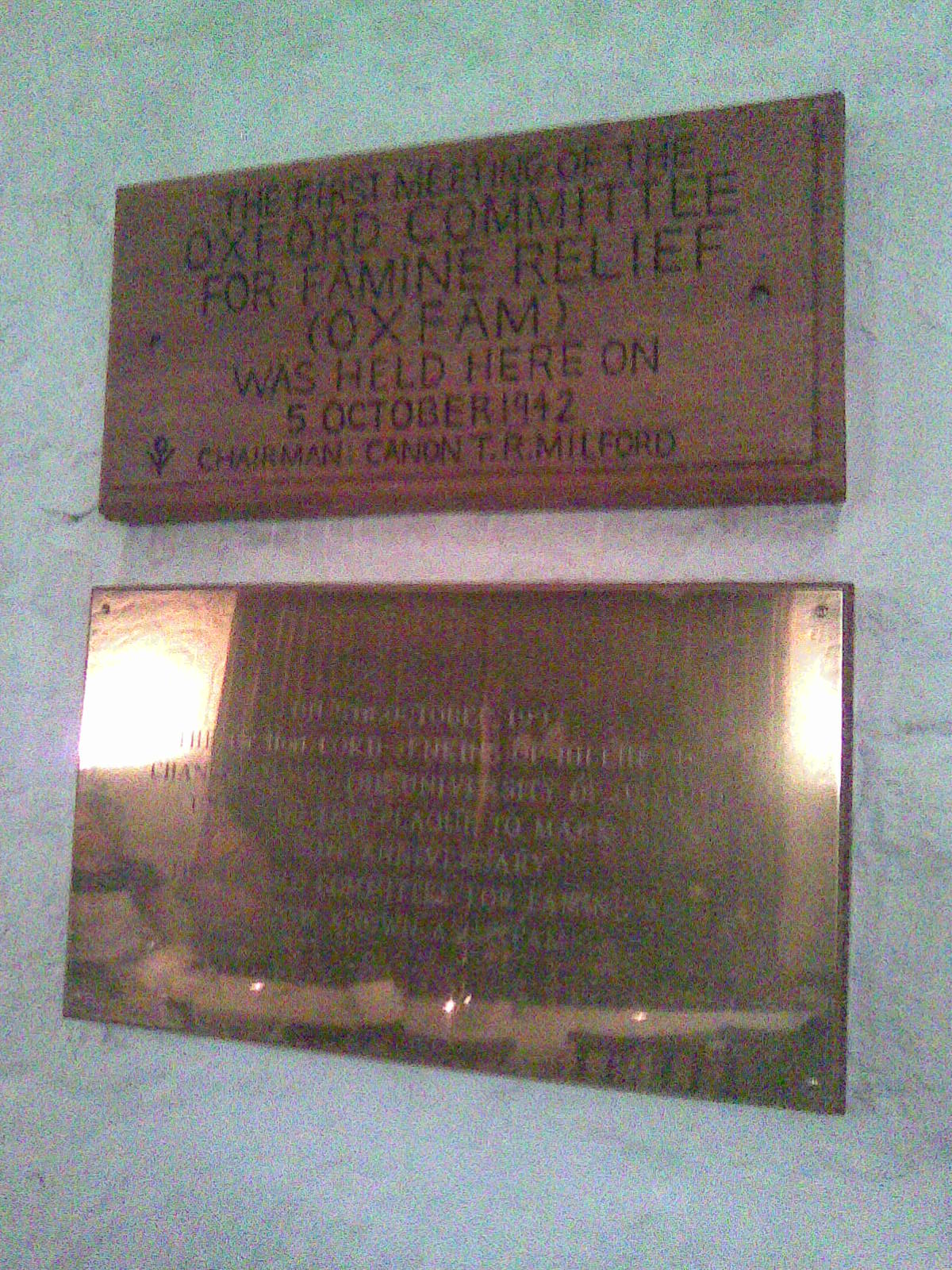|
Water Supply In Cambodia
Water supply in Cambodia is characterized by a low level of access in rural areas compared to relatively high access to an improved water source in urban areas. In 2015, 76% of the population had access to "improved" water, 100% in urban areas and 76% in rural areas. Still, in 2015, around 9 million did not have access to "improved" water. Within the government, urban water supply policy is the responsibility of the Ministry of Industry, Mines and Energy. Service provision in urban areas is the responsibility of two water utilities in the largest cities, the Phnom Penh Water Supply Authority (PPWSA) and the Siem Reap Water Supply Authority (SRWSA), 11 Provincial Water Supply Authorities (known as PWWKs) as well as 147 smaller utilities. The Department of Rural Water Supply (DRWS) and Department of Rural Health Care (DRHC) of the Ministry of Rural Development are responsible for rural water supply for the smaller towns and villages with less than 1,000 households. The performance of ... [...More Info...] [...Related Items...] OR: [Wikipedia] [Google] [Baidu] |
Improved Water Source
An improved water source (or improved drinking-water source or improved water supply) is a term used to categorize certain types or levels of water supply for monitoring purposes. It is defined as a type of water source that, by nature of its construction or through active intervention, is likely to be protected from outside contamination, in particular from contamination with fecal matter.WHO and UNICEdefinitions of improved drinking-water source on the JMP website, WHO, Geneva and UNICEF, New York, accessed on June 10, 2012 The term was coined by the Joint Monitoring Program (JMP) for Water Supply and Sanitation of UNICEF and WHO in 2002 to help monitor the progress towards Goal Number 7 of the Millennium Development Goals (MDGs). The opposite of "improved water source" has been termed "unimproved water source" in the JMP definitions. The same terms are used to monitor progress towards Sustainable Development Goal 6 (Target 6.1, Indicator 6.1.1) from 2015 onwards.WHO and ... [...More Info...] [...Related Items...] OR: [Wikipedia] [Google] [Baidu] |
Phnom Penh Water Supply Authority
The Phnom Penh Water Supply Authority (PPWSA) ( km, រដ្ឋាករទឹកស្វយ័តក្រុងភ្នំពេញ) is the municipal water utility that serves Cambodia's capital Phnom Penh and surrounding areas. In 1992 it provided low-quality piped water at very low pressure (0.2 bar) for only 10 hours per day to only 20% of the city's residents. Non-revenue water was extremely high at 72% due to illegal connections, manipulation of bills and physical leakage. Tariffs were extremely low, there was no metering and less than half of the amounts billed were collected. Staff were underpaid and demoralized. The utility then underwent a dramatic turnaround—staff engaged in corrupt activities were fired, bill payment was enforced, illegal connections were regularized, metering was introduced and the utility gained autonomy from the municipality in financial and personnel matters. In the next fourteen years the customer base multiplied by nine reaching over 90% of ... [...More Info...] [...Related Items...] OR: [Wikipedia] [Google] [Baidu] |
Siem Reap
Siem Reap ( km, សៀមរាប, ) is the second-largest city of Cambodia, as well as the capital and largest city of Siem Reap Province in northwestern Cambodia. Siem Reap has French colonial and Chinese-style architecture in the Old French Quarter and around the Old Market. In the city, there are museums, traditional Apsara dance performances, a Cambodian cultural village, souvenir and handicraft shops, silk farms, rice paddies in the countryside, fishing villages and a bird sanctuary near Tonlé Sap, and a cosmopolitan drinking and dining scene. Cambodia’s Siem Reap city, home to the famous Angkor Wat temples, was crowned the ASEAN City of Culture for the period 2021–2022 at the 9th Meeting of the ASEAN Ministers Responsible for Culture and Arts (AMCA) organised on Oct 22, 2020. Siem Reap today—being a popular tourist destination—has many hotels, resorts, and restaurants. This owes much to its proximity to the Angkor Wat temples, Cambodia's most popular touri ... [...More Info...] [...Related Items...] OR: [Wikipedia] [Google] [Baidu] |
Non-revenue Water
Non revenue water (NRW) is water that has been produced and is "lost" before it reaches the customer. Losses can be real losses (through leaks, sometimes also referred to as physical losses) or apparent losses (for example through theft or metering inaccuracies). High levels of NRW are detrimental to the financial viability of water utilities, as well to the quality of water itself. NRW is typically measured as the volume of water "lost" as a share of net water produced. However, it is sometimes also expressed as the volume of water "lost" per km of water distribution network per day. Components and audits The International Water Association (IWA) has developed a detailed methodology to assess the various components of NRW. Accordingly, NRW has the following components: * Unbilled authorized consumption * Apparent losses (water theft and metering inaccuracies) * Real losses (from transmission mains, storage facilities, distribution mains or service connections) In many utilities ... [...More Info...] [...Related Items...] OR: [Wikipedia] [Google] [Baidu] |
Asian Development Bank
The Asian Development Bank (ADB) is a regional development bank established on 19 December 1966, which is headquartered in the Ortigas Center located in the city of Mandaluyong, Metro Manila, Philippines. The bank also maintains 31 field offices around the world to promote social and economic development in Asia. The bank admits the members of the United Nations Economic and Social Commission for Asia and the Pacific (UNESCAP, formerly the Economic Commission for Asia and the Far East or ECAFE) and non-regional developed countries. From 31 members at its establishment, ADB now has 68 members. The ADB was modeled closely on the World Bank, and has a similar weighted voting system where votes are distributed in proportion with members' capital subscriptions. ADB releases an annual report that summarizes its operations, budget and other materials for review by the public. The ADB-Japan Scholarship Program (ADB-JSP) enrolls about 300 students annually in academic institutions locate ... [...More Info...] [...Related Items...] OR: [Wikipedia] [Google] [Baidu] |
Oxfam
Oxfam is a British-founded confederation of 21 independent charitable organizations focusing on the alleviation of global poverty, founded in 1942 and led by Oxfam International. History Founded at 17 Broad Street, Oxford, as the Oxford Committee for Famine Relief by a group of Quakers, social activists, and Oxford academics in 1942 and registered in accordance with UK law in 1943, the original committee was a group of concerned citizens, including Henry Gillett (a prominent local Quaker), Theodore Richard Milford, Gilbert Murray and his wife Mary, Cecil Jackson-Cole, and Alan Pim. The committee met in the Old Library of University Church of St Mary the Virgin, Oxford, for the first time in 1942, and its aim was to help starving citizens of occupied Greece, a famine caused by the Axis occupation of Greece and Allied naval blockades and to persuade the British government to allow food relief through the blockade. The Oxford committee was one of several local committees for ... [...More Info...] [...Related Items...] OR: [Wikipedia] [Google] [Baidu] |




